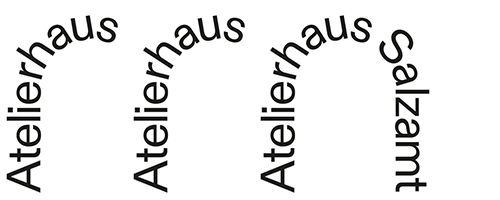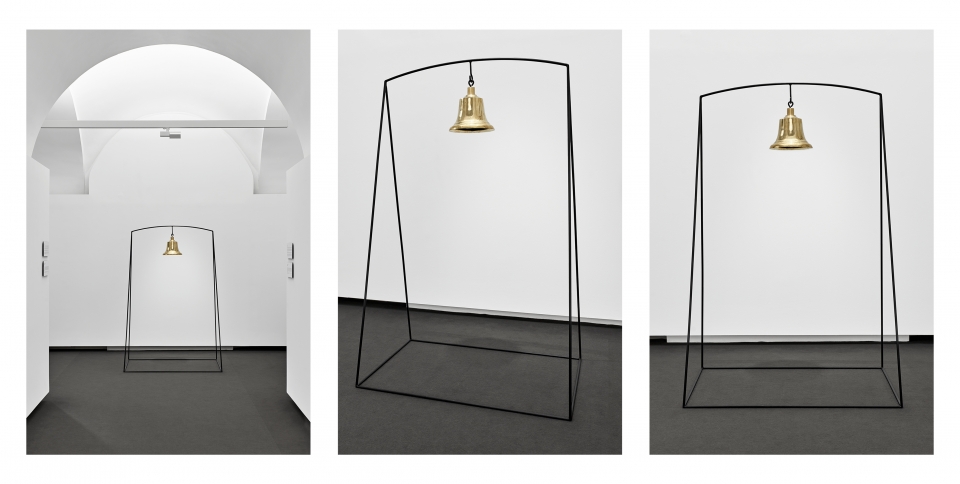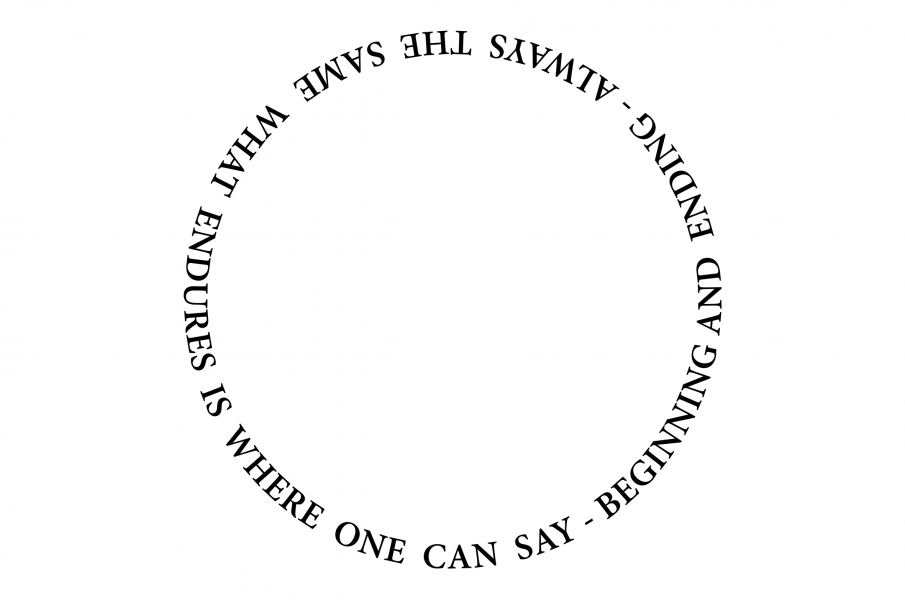Judit Flora Schuller – Artist in Residence
Artist in Residence at the Salzamt in cooperation with afo and CEE CALLING
Memory / Art / Family references
The starting point of most of my works is the family archive I have inherited from my grandfather, Imre Schuller, who was a camera man and filmmaker, and an obsessive hoarder. He preserved everything – photographs, audio recordings, films, letters, diaries, official documents, objects – that were related to the family’s history and he carried out research on the genealogy as well. He continued the researching and collecting attitude that he took over from his father, Rezső whom he lost in the Holocaust, among his older brother Miklós and other relatives and friends. Collecting family-related materials was his answer to the loss, to the (violently) interrupted lives.
Besides the physical presence of the family heritage he was also telling us stories since we were kids, in this way, the family’s past, the lost relatives and the heritage itself have always been present in my life. My interest towards the family archive aroused after my grandfather passed away in 2009. (Un)consciously, I continued the pattern of remembrance, I gradually started to take care of the archive and at the same time I started to involve certain pieces into my artistic practice. Even though the basis of my works is quite personal, my intention is to reflect on the general, collective layers of history through a personal approach. I am particularly interested in post-memory (a term created by Marianne Hirsch) and the afterlife of collective traumas from a personal perspective: how the upcoming (2nd and 3rd) generations carry on the inherited traumatic narratives/past and how do we remember, and/or forget.
Something from the past reveals itself to me from time to time
Sometimes when I am not (consciously) looking for historical themes or micro narratives and elements within the family archive, I still encounter with something that triggers my attention. In a way, the research and the processing of the family archive can never be complete, since its amount is huge, its content is almost infinite. One could dedicate a whole lifetime to elaborate the past of the previous generations. I am aware of this burden, that is also one reason why I and my family decided to donate the significant part of the heritage to an official archival institution (Blinken Open Society Archives, Budapest) 4 years ago. I can visit OSA anytime and continue to research the familial documents, while I do not have to carry on the feeling of burden in its physical sense: the archive now is professionally kept and preserved for eternity. But I can not really say the same for the psychological and mental burden, for the inherited, projected post-trauma of my grandparents and their generation. By working with these themes and revealing certain fragments of my own family history, I also intend to add something to some kind of collective healing, reconciliation and remembrance.
Photograph / Video / Text / Object
My background is in photography, but I would not say that I am a photographer. In English, it is easier to say that ‘I am a visual artist’, it does not really exist in Hungarian and I often feel uncomfortable to say ‘I am doing fine art’, since my manual skills are not so strong. My inspirational sources and my thinking process are usually text-based and conceptual while the visual outcome varies, it can be a photograph, video, text, or object. In the past year, I mostly created objects (from marble, granite, and brass), and used handwriting to give shape to my projects. If we think of the medium of photography as an imprint, then it is still present in my approach.
Rethinking / Researching
During the residency, I have been mostly (re)thinking and examining my current approach towards the family archive and post-traumatic remembrance with a particular focus on memory sites and objects. As I was packing, just before leaving to Linz for the residency I was holding Didi-Huberman’s book Bark in my hand with the intention to re-read it during the residency. He wrote this piece after he visited Auschwitz. I decided to leave the book at home, I did not want to determine the orientation of my thoughts for the upcoming next month. However, without planning it, I found myself revisiting memorial sites, such as the Jewish cemetery and synagogues in Prague and the Mauthausen memorial, where I had not been before.
During the residency, I have been also researching my relation towards objects. I have recognized a special connection towards material entities some years ago, starting from the pieces of the family archive to ordinary objects that can arrest my attention based on some kind of intuition. And these special objects, what now I call ‘active objects’ can also act as mediatory things. Besides finding already existing active objects I also believe in the creation and activation of material beings: I regard the artworks I have made recently as active objects as well. They carry on personal narratives while they are mediators of a collective remembrance.
I wrote a short, essay-like text on my visit to the memorial sites and on my relation towards objects. This process has helped me to verbalize and to outline a new path to continue my theoretical research as well as my artistic practice in the future.





